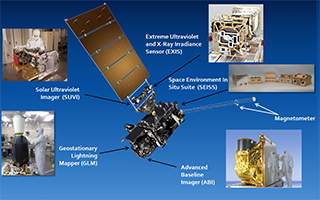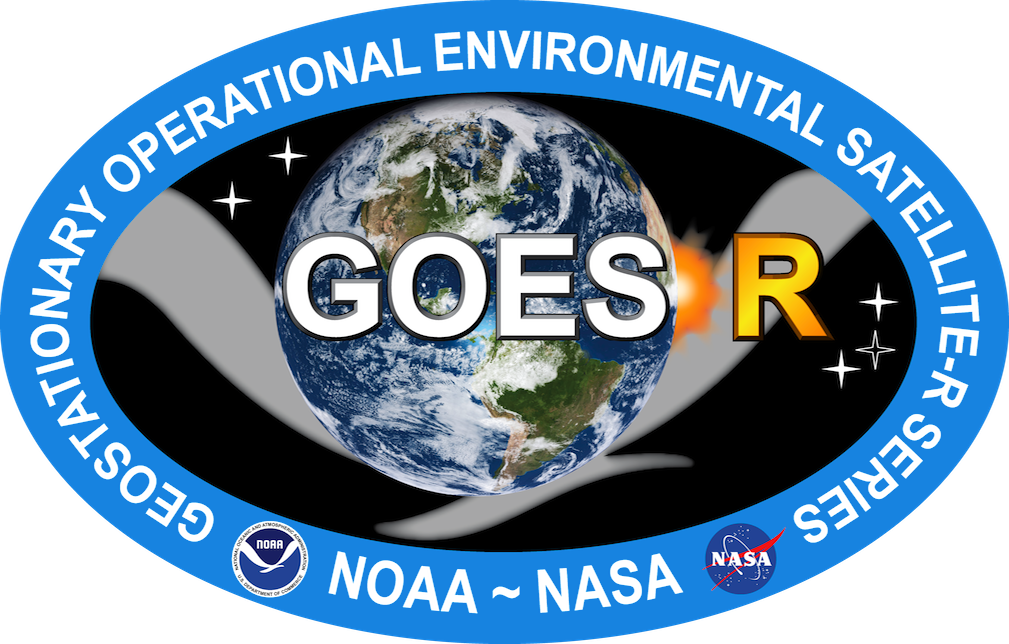GOES-R Satellites - NOAA's newest geostationary weather satellites
Geostationary satellites are located at fixed positions above the equator while orbiting Earth at the same rate that Earth rotates, enabling continuous views of entire hemispheres. The Geostationary Operational Environmental Satellite (GOES) – R Series is an advanced fleet of four geostationary satellites monitoring Earth's western hemisphere by making measurements across multiple wavelengths of the electromagnetic spectrum, in fact, three times more wavelengths (bands) than previous weather satellites!
GOES-R Series weather satellites provide advanced imaging with increased spatial resolution (more detail) and faster coverage for more accurate forecasts. And for the first time ever, real-time mapping of lightning activity, along with improved monitoring of solar activity and space weather. Instruments on GOES-R Series satellites significantly improve the detection and observation of all environmental phenomena that affect public safety.
These new satellites are similar in size to a small school bus! The four-satellite GOES-R program (GOES-R/S/T/U) will extend the availability of the operational GOES satellite system through 2036.
Watch this video for an overview of the GOES-R satellites:
 |
|
 |



